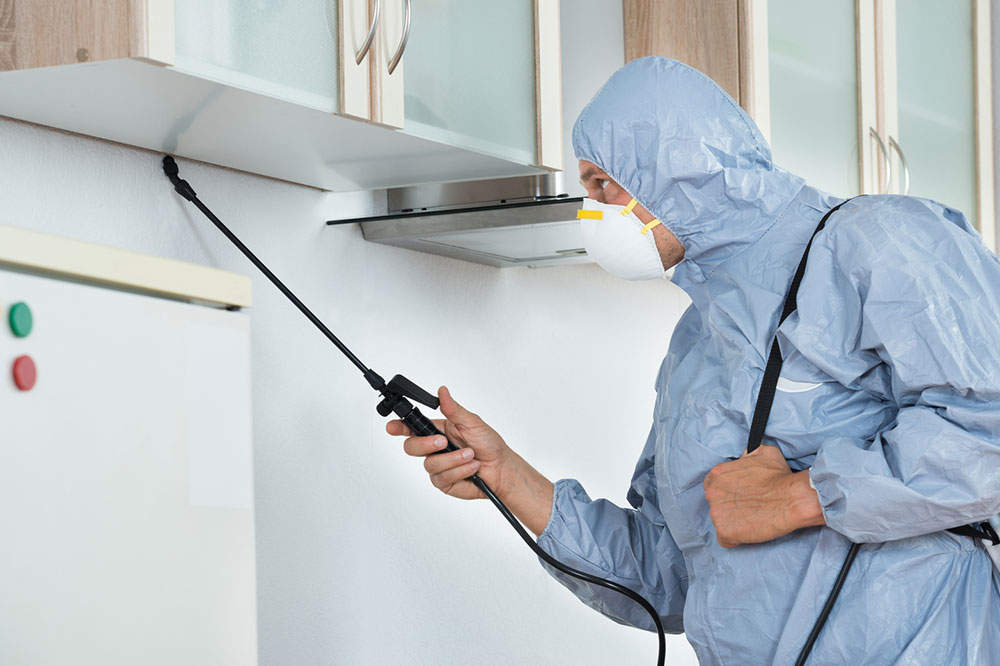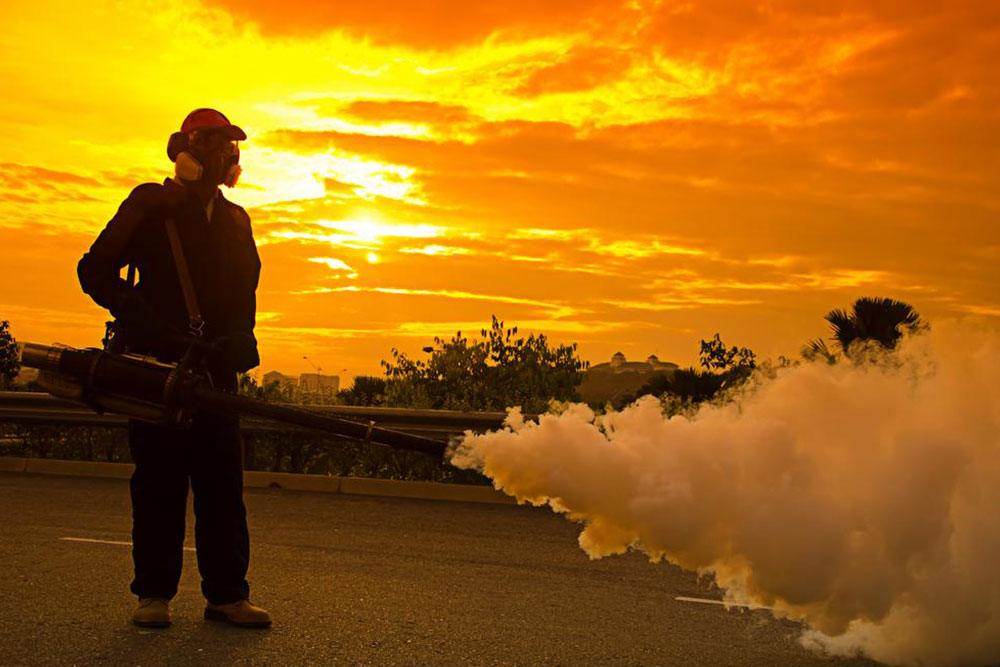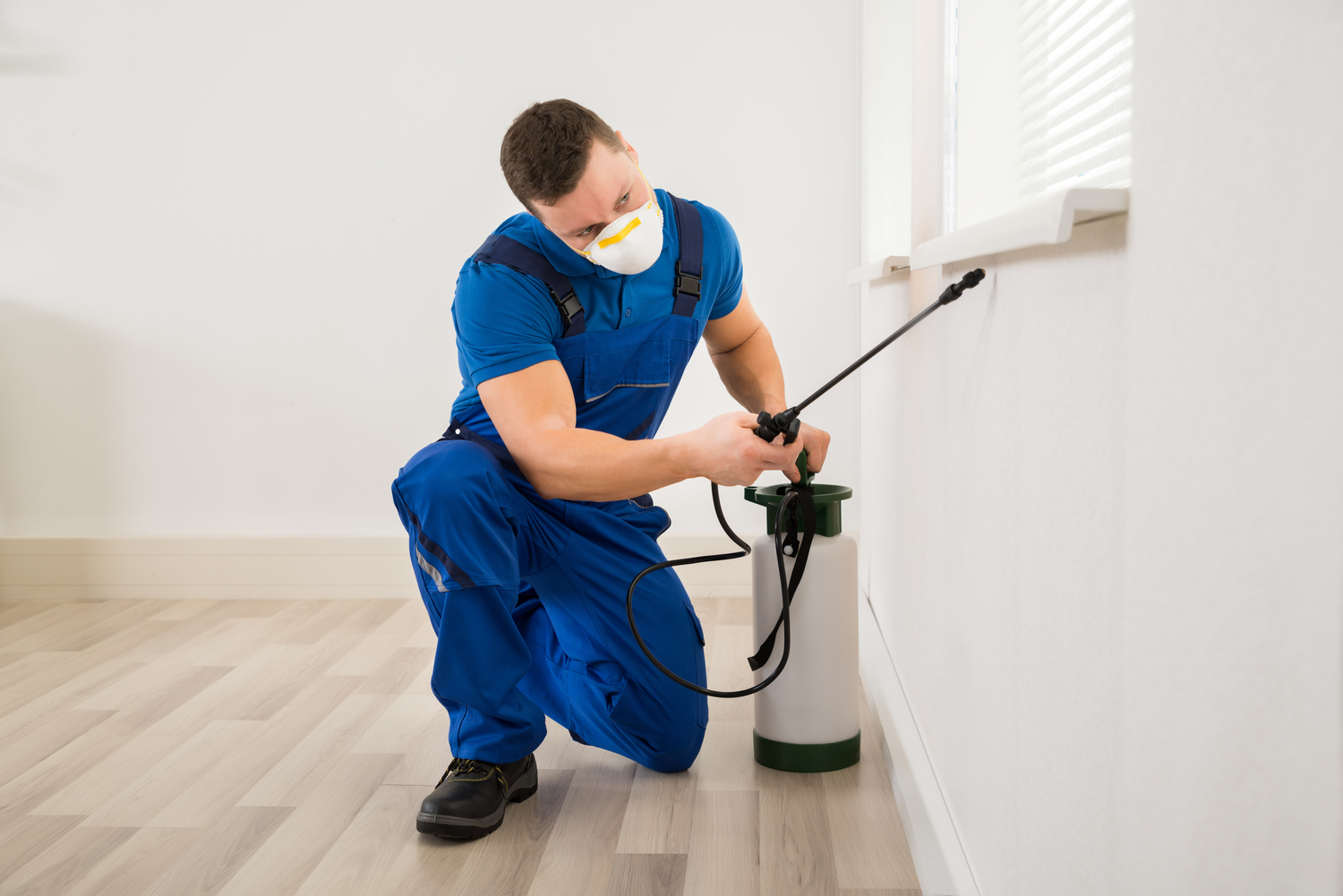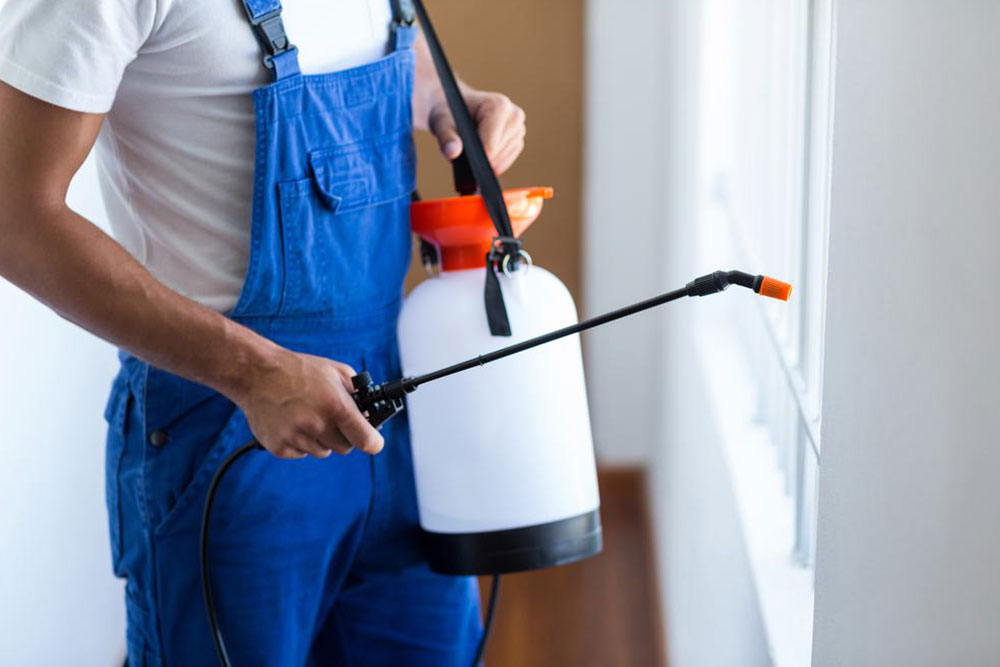Comprehensive Guide to Effective Pest Management and Control Strategies
This comprehensive guide provides essential tips on pest management and control strategies for homes and businesses. It covers various methods, selecting professional services, and understanding costs to ensure effective and safe pest eradication, safeguarding health, property, and the environment.

Comprehensive Guide to Effective Pest Management and Control Strategies
Pests infiltrating your home or garden can create numerous problems including health risks, property damage, and safety concerns. These unwelcome visitors contaminate food and water sources, threaten plant health, and spread various diseases. While maintaining cleanliness and regular upkeep are essential preventive measures, they often aren't enough to fully eliminate stubborn pests. When pest invasions become unmanageable, professional pest control services become crucial for ensuring comprehensive eradication. This detailed guide provides valuable insights into selecting the most suitable pest management solutions tailored to your residential or commercial needs, aiming for safe, effective, and sustainable pest removal processes.
Understanding Various Pest Control Methods
Different situations require different pest control approaches. Selecting the appropriate method depends on the pest type, infestation severity, and location. Here’s an in-depth look at the most common and effective pest control techniques:
Pest Control in Gardens and Agricultural Fields
Biological Control
This eco-friendly approach involves introducing natural enemies, such as beneficial insects, bacteria, or fungi, to reduce pest populations naturally. For example, releasing predatory insects like ladybugs or parasitic wasps can effectively control aphids, while specialized bacteria can target mosquito larvae in stagnant water. Biological control minimizes environmental impact and promotes sustainable agriculture.
Mechanical and Physical Control
Physical barriers, traps, and manual removal are common in managing pests like weeds, insects, and rodents. Examples include installing mesh screens, using sticky traps, or employing manual weeding techniques. Mechanical control is often used in combination with other methods to ensure effectiveness.
These approaches are chemical-free and pose minimal risk to residents, pets, and beneficial organisms nearby.
Pesticide Application
Targeted chemical treatments involve the careful application of pesticides using sprayers, drone applications, or aerial dispersal. Professional pest controllers choose specific formulations that aim to minimize environmental impact while maximizing effectiveness. Pesticides can be used in both residential and agricultural settings but require expertise to avoid harmful exposure or resistance buildup.
Pest Management in Residential and Commercial Settings
These environments demand tailored solutions due to structure types, pest types, and the presence of residents or customers. The following methods are commonly employed:
Physical and Mechanical Methods
Utilizing traps, bait stations, pheromone lures, and ultrasonic devices help catch, repel, or kill pests such as rodents, cockroaches, and flying insects. These methods are low in toxicity and excellent for routine control.
Fumigation
This involves sealing an infested area and deploying gaseous pesticides to eradicate pests, especially effective against termites, bed bugs, and other wood-boring insects. Fumigation provides thorough treatment but requires residents to vacate premises, making it a costly but highly effective method.
Insulation and Structural Treatments
Boron-infused cellulose insulation, applied within walls, targets concealed pests like cockroaches, ants, and termites. This ongoing method offers long-term pest suppression without chemical exposure to inhabitants.
Organic Pest Control Solutions
Naturally derived products such as insecticidal soaps, botanical oils, and bait formulations are safer alternatives, ideal for households with children, pets, or sensitivities. These treatments are generally less aggressive but require consistent application for sustained control.
Electronic Pest Control Devices
Ultrasound or electromagnetic devices emit signals that disrupt pests’ nervous systems, providing a chemical-free option for continuous pest deterrence. While offers a non-toxic approach, their effectiveness varies depending on pest species and environment.
How to Select a Pest Control Service Provider
Choosing the right pest management company is crucial for effective and safe pest eradication. Consider these steps:
Conduct In-Depth Research
Avoid rushing to hire a company. Seek recommendations from neighbors, read online reviews, and compare quotes to find reputable providers with proven track records.
Ensure Proper Licensing and Experience
Verify that the company holds valid licences and has extensive experience in pest control. Proper licensing ensures compliance with safety codes and standards.
Review Safety and Product Information
Ask about the pesticides and products used, ensuring they meet safety standards and align with your eco-friendly preferences.
Evaluate Customer Feedback and Testimonials
Reviews can provide insights into the company’s effectiveness, customer service, and post-treatment support.
Request Guarantees and Follow-Up Services
Reputable companies offer guarantees or follow-up treatments to handle recurring pest issues.
Compare Cost-Effectiveness
Balance cost with quality of service, ensuring the provider’s offerings match your budget and expectations.
Benefits of Hiring Professional Pest Control Services
Engaging experts guarantees efficient, safe, and long-lasting pest management. The key advantages include:
Expertise and Precision
Trained technicians apply the most suitable methods, products, and equipment, ensuring comprehensive pest elimination and prevention of future infestations.
Customized Treatment Plans
Services are tailored to the specific needs of your property and current infestation level, maximizing effectiveness.
Cost Savings in the Long Run
Accurate pest identification prevents wasteful treatments, helping you save money over time.
Safety and Environmental Responsibility
Professionals follow regulations and safety protocols, protecting residents, pets, and the environment from hazardous exposures.
Post-Treatment Clean-up and Prevention
Post-application, professionals clean the area and offer advice to prevent future pest problems, promoting healthier living environments.
Pest Control Costs and Budgeting
Pest management expenses vary depending on several factors:
Common household pests such as ants, spiders, and silverfish typically cost between $200 and $300 for a treatment session.
More challenging infestations like termites and rodents may incur costs exceeding $1,000 due to complexity and treatment duration.
The initial inspection and treatment generally range from $200 to $500, with ongoing maintenance or periodic treatments costing less based on frequency and scope.
Natural or eco-friendly products and larger properties tend to increase overall expenses.
In summary, pests pose significant health and safety risks, as well as potential property damage. Immediate professional intervention employing appropriate methods enhances safety, reduces costs, and guarantees sustainable pest control outcomes, safeguarding your environment for the long term.





